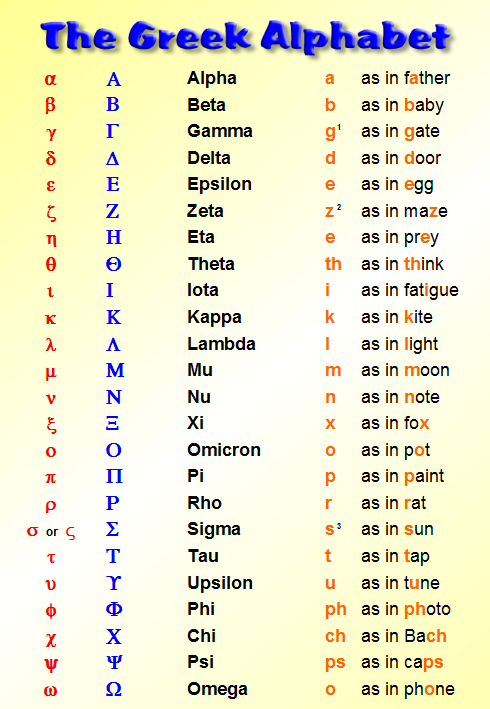

#Ancient greek to english alphabet software#
Today Greek is written from left to right.I've thought about buying Rosetta Stone software or maybe some sort of other type of software for learning Ancient Latin and Ancient Greek. This system was abandoned in ancient Greece once the alphabet was formed and established in the entire Greek region, but you can see it in the Inscription of the Law of Gotys. Voustrophedon or Boustrophedon is the Greek name for "ox-plough turn". This phenomenon was known as the voustrophedon system, in which the text could run from left to right (or vice versa), reach the end of the line and then start a new line from right to left. Writing in GreekĪncient Greeks used to write from left to right or right to left. When you are referring to a letter you use neutral gender and nouns. Today, the letter names are neutral nouns preceded by the neutral article «τo». The gender of letters in the Greek Alphabetĭuring the byzantine times, the letter names were feminine nouns, preceded by the feminine article «η». The equivalent of hard G, D and B sounds are written instead as ΓΚ (γκ), ΝΤ (ντ) and ΜΠ (μπ) because there are no Greek letters for these sounds. The only difference you will find is the pronunciation of diphthongs ( see above). Classical Greek pronunciation follows spelling, so A is - ah, Φ is – f, ι is – ee and so on.


In general, in Greek you pronounce whatever you read, the way you read it. W is a consonant in the Latin alphabet, but resembles to the Greek letter ω (omega) which is a vowel. The Latin alphabet has some script letters that do not exist in the Greek alphabet, such as B, C, D, G, W, Q and J. Greek alphabet has the letter Δ(Delta) which sounds almost like a th (as in the word "this"), B (beta) which sounds like v and so on. Ευ,ευ (sounds like ef or ev) Greek Letters with no Latin EquivalentĮxamples of Greek letters with no Latin equivalent include Θ (Theta) and Ψ (Psi) as well as letters with less obvious differences such as Gamma, in speech, which is more akin to a y sound. Diphthongs in the Greek Languageĭiphthongs include combinations of vowels, which produce a certain sound. The same applies to "o", which can be ο - omicron or ω - omega. If you hear a word that has some sound like –ee you should check its spelling. The Greek alphabet has many different types of letters with the same sound. In words with one syllable only, no accent mark is used.

In Greek we use accent mark (tonos - τόνος), which is placed only in lowercase writing and only over the vowel of the stressed syllable. So you will find three letters for sigma, which are Σ, σ, and ς (used only at the end of the word) The Greek letter sigma (s - σ) has a special form, which is used when it appears at the end of a word. Letter gamma for instance is Γ,γ, while lambda is Λ,λ, mi is Μ,μ, ni is Ν,ν and omega is Ω,ω. The lower case Greek letters resemble the upper case Greek letters, but some of them are notably different. These diacritics representing breathings were officially abolished by presidential decree in 1982, in order to make Greek language easier to write. The Greek alphabet letters do not directly correspond to a Latin equivalent some of them are very unique in their sound and do not sound in the same way, as those letters that may commonly be regarded as the corresponding Latin letter.ĭiacritics to represent stress and breathings were added to the alphabet in around 200 BC. The 24 letters in the Greek alphabet are quite different from the letters of the Latin alphabet, despite the fact that the Latin alphabet is based on the Greek Alphabet. After all, the word alphabet itself derives from alpha and beta, the first two letters of the Greek alphabet. Greek alphabet ( elliniko alphavito - ελληνικό αλφάβητο) is considered the oldest alphabet in the world because it was the first to combine vowels and consonants with separate symbols. The Greek alphabet is in use since the late 9th or early 8th century BC with some small differences. The Greek alphabet is a set of twenty four letters used to write and speak the Greek Language. Content on this page requires a newer version of Adobe Flash Player.


 0 kommentar(er)
0 kommentar(er)
